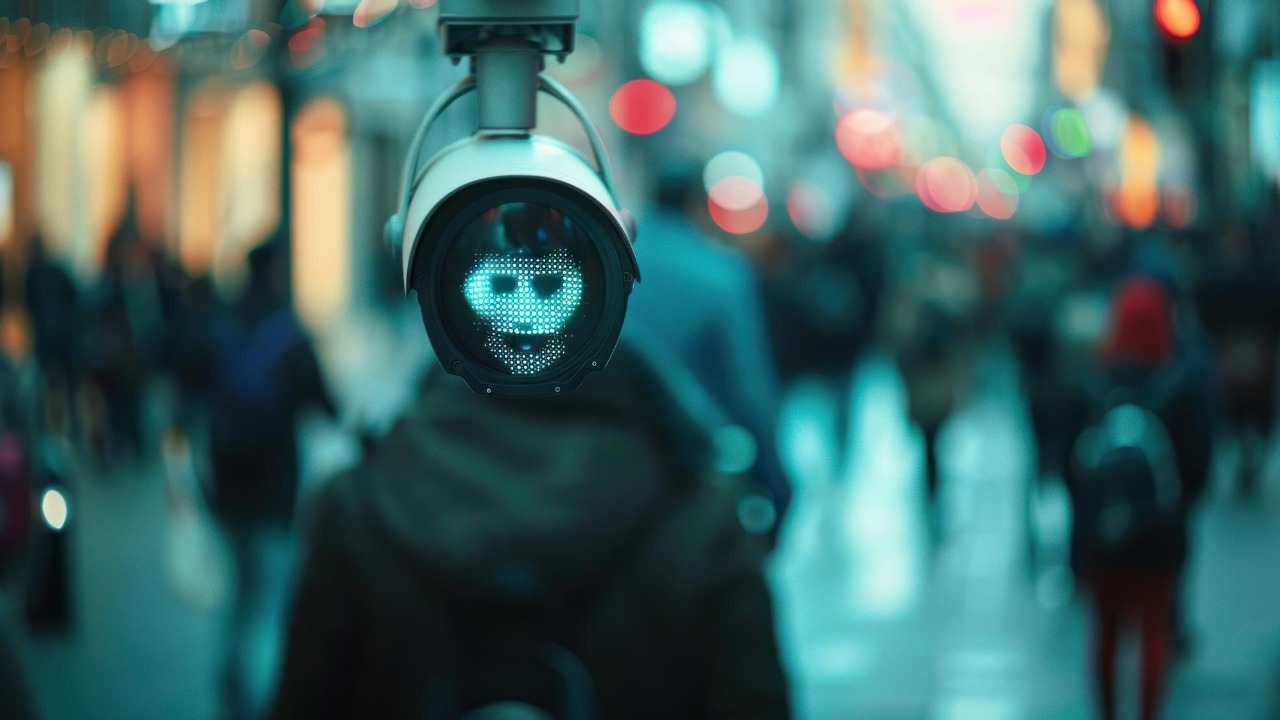
Forensic investigations of violent crimes are on the brink of a revolution, thanks to a novel AI technique that enhances the analysis of evidence from blowflies. This method, which leverages machine learning, promises to process insect activity data more accurately than traditional approaches. By integrating AI with blowfly forensics, investigators could gain precise insights into crime timelines, potentially aiding law enforcement in solving previously unsolved cases.
The Fundamentals of Blowfly Forensics
Blowflies play a crucial biological role in decomposition. They are among the first organisms to colonize a body after death, laying eggs that progress through various life cycle stages. These stages serve as key indicators for estimating the postmortem interval, or the time elapsed since death. However, traditional blowfly-based analysis faces challenges, including variability in environmental factors that affect insect behavior and the limitations of manual observation.
Despite these challenges, blowflies have long been used in violent crime scenes to provide timelines. Their predictable life cycle and attraction to decomposing bodies make them valuable forensic tools. The new AI technique aims to enhance the use of blowflies in forensic investigations, offering a more precise and efficient method of analyzing their activity.
Introduction to the AI Technique
The core AI model uses machine learning algorithms to interpret blowfly pupal age and environmental data from crime scenes. This approach allows for a more nuanced understanding of insect activity, which can be crucial in establishing a timeline for violent crimes. The development process involved training datasets derived from controlled experiments on insect activity in simulated decomposition environments.
One of the most significant potential benefits of this technique is its ability to reduce estimation errors in postmortem intervals. This could lead to more accurate timelines in violent crime investigations, aiding law enforcement in identifying and apprehending suspects.
Advantages Over Conventional Methods
Compared to manual forensic entomology, AI-driven analysis offers several advantages. It can process blowfly evidence faster and with less human bias, leading to more reliable results. This technique could be particularly useful in outdoor violent crime scenes, where blowfly colonization varies due to weather and location factors.
Another advantage of the AI technique is its scalability. It enables batch analysis of multiple samples from a single case, which can save time and resources in large-scale investigations. The integration of AI in blowfly forensics could therefore significantly enhance the efficiency and accuracy of violent crime investigations.
Case Studies and Real-World Applications
While the AI technique is still relatively new, its potential applications in violent crime forensics are promising. For instance, it could be used in conjunction with other types of evidence, such as DNA or ballistics, to build a more comprehensive picture of a crime. In a scenario involving a decomposed body discovery, the AI technique could refine the timeline and assist in suspect identification.
Integration with existing forensic workflows is another important consideration. Collaboration between entomologists and AI specialists could be key to maximizing the benefits of this technique.
Challenges and Ethical Considerations
Despite its potential, the AI technique also faces several challenges. For instance, it requires high-quality imaging of blowfly specimens, which may not always be feasible in real-world crime scenes. It is also sensitive to data inaccuracies, which can occur due to the diverse conditions present at different crime scenes.
There are also ethical issues to consider, including privacy concerns related to the AI analysis of human remains. There is also the risk of over-reliance on automated tools in legal proceedings, which could potentially lead to miscarriages of justice. To address these concerns, it will be crucial to conduct peer-reviewed studies to confirm the technique’s reliability in violent crime forensics.
Future Implications for Law Enforcement
Looking ahead, the AI technique could see broader adoption in forensic investigations. It could potentially be expanded to other insects or applied in non-violent forensics, further enhancing its utility. However, this would require training for forensic teams to effectively incorporate the blowfly AI method into their workflows.
Research is ongoing to refine the algorithms used in the technique, taking into account global climate variations that affect blowfly behavior. This could further improve the accuracy of the AI technique in crime investigations, making it an even more valuable tool for law enforcement.
More from MorningOverview